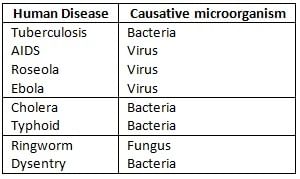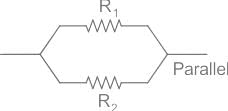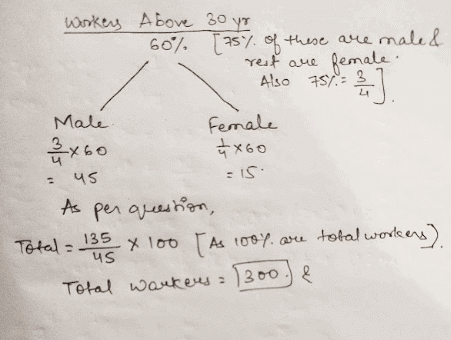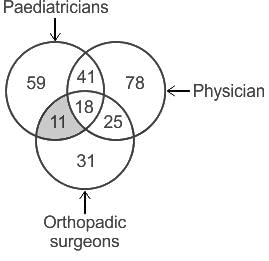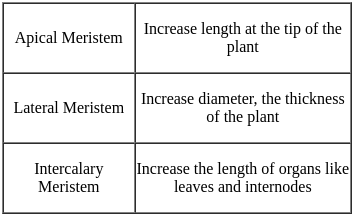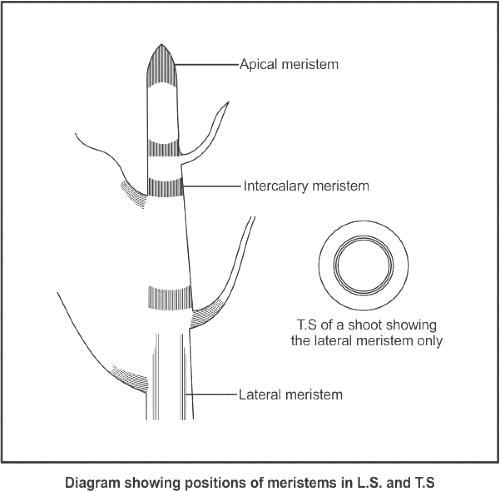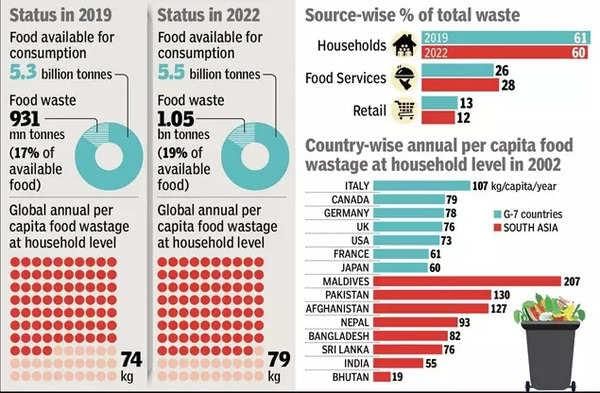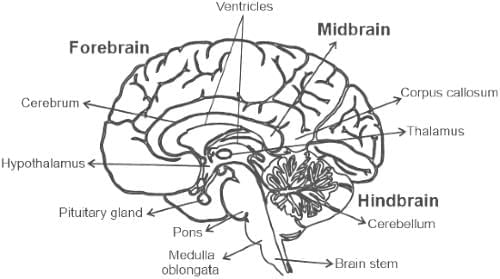RRB PRT Teacher Mock Test- 3 - RRB NTPC/ASM/CA/TA MCQ
30 Questions MCQ Test - RRB PRT Teacher Mock Test- 3
Whom will you not include in creating a school development plan?
Which of the following is NOT the challenge of adolescence related to cognitive development?
Which of the following is NOT an example of a viral disease?
Four identical resistors, each of resistance R, are connected in parallel with each other. The equivalent resistance of the combination will be _______.
Select the letter-cluster from among the given options that can replace the question mark (?) in the following series.
QHD, MNV, ITN, EZF, AFX, ?
In a factory, 60% of the workers are above 30 years and of these 75% are males and the rest are females. If there are 135 male workers above 30 years, the total number of workers in the factory is
Study the given diagram carefully and answer the question. The numbers in different sections indicate the number of persons.
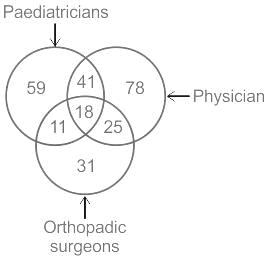
How many such persons are there who are paediatricians and also orthopaedic surgeons but NOT physicians?
Food Waste Index Report 2024 was recently seen in the news, it was released by:
What is most important phase in child's development ?
Constructivism emphasizes the role of the teacher as:
A therapeutic instrument "endoscope" works on the principle of _______.
Which of the following is the limitation of the competency based education?
Who has been appointed as the 51st Chief Justice of India by Chief Justice D.Y. Chandrachud?
Which of the following promotes socio-emotional learning in the classroom?
The part of the brain from which spinal cord originates is:
What medal did Vaishnavi Pawar win at the 2024 Asian Youth Archery Championship?



